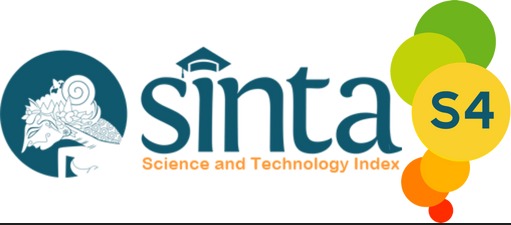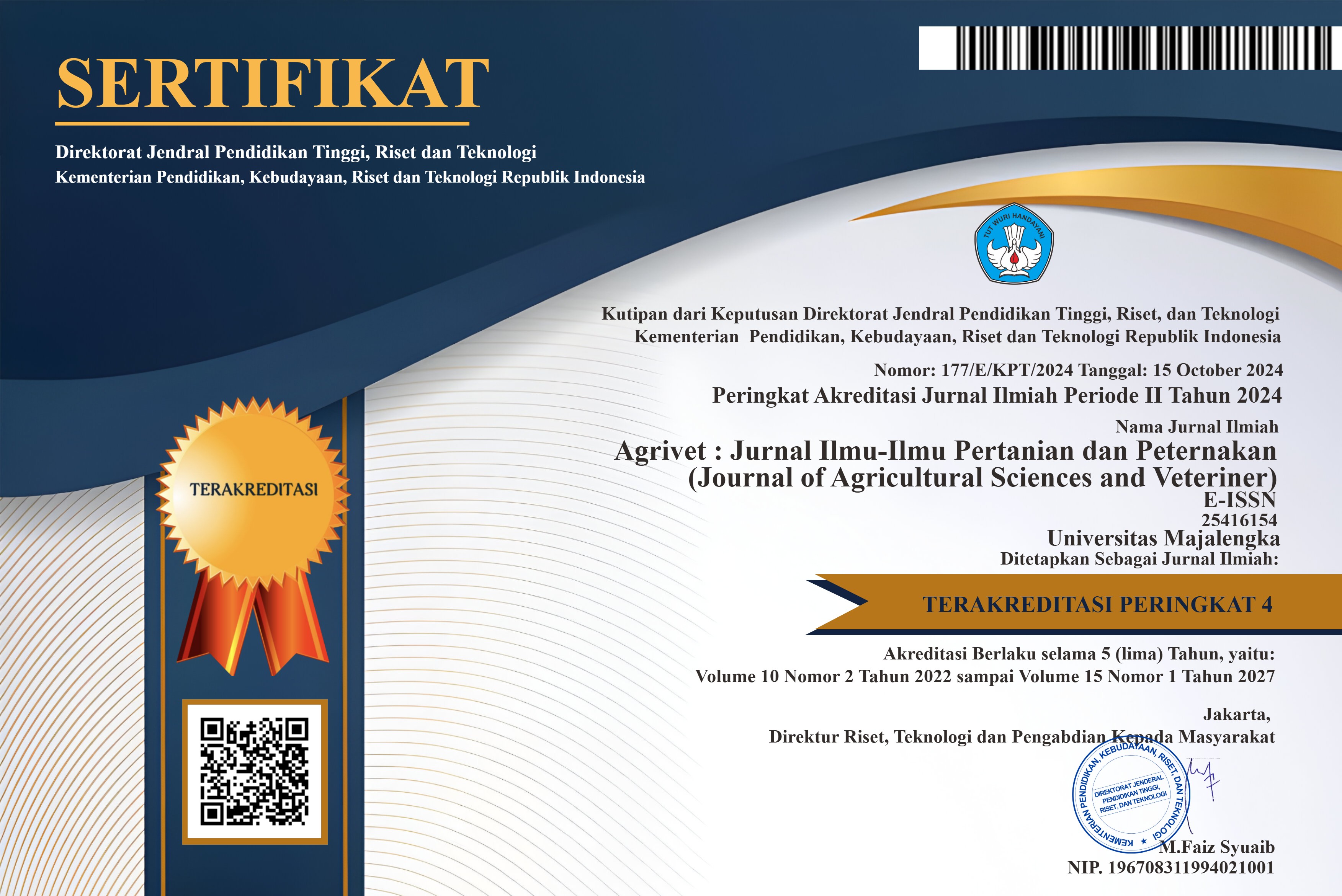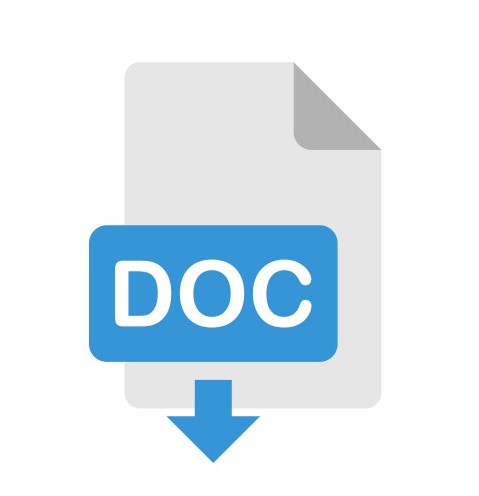Uji Organoleptik Dan Kandungan Nutrisi Biskuit Dengan Bahan Fortifikasi Tepung Kelor (Moringa oleifera) Untuk Penanganan Stunting
DOI:
https://doi.org/10.31949/agrivet.v10i2.3822Abstract
Stunting is a nutritional problem caused by chronic malnutrition. Nutrition and nutritional intake for people affected by stunting, especially toddlers, can be obtained through the consumption of healthy and nutritious food. Biscuits are a food that is loved by all groups, especially toddlers. Moringa has many benefits, especially for health and medicine. The addition of Moringa flour fortification can increase the nutritional value of biscuits. This study aims to determine the results of the preference test (organoleptic) of biscuits with fortified moringa flour, and to compare the nutritional content of biscuits from the best fortified formulation with biscuits without the addition of moringa flour. The research was conducted in September - November 2022 at the Teaching Factory of the Faculty of Applied Science, Suryakancana University and the Laboratory of the Center for Agro Industry. This study used treatment in the form of the addition of moringa flour fortification: 0%, 1%, 2%, 3%, 4% and 5%. Organoleptic test through hedonic/liking test was conducted on 25 panelists and 2 expert panelists. The nutritional test was carried out on biscuits with the best organoleptic test results with biscuits without the addition of moringa flour as a control. The results showed that the A2 treatment (addition of 2% moringa flour) was the treatment that gave the most recommended organoleptic test results for consumption. Furthermore, the results of nutritional tests on the A2 treatment biscuits (addition of 2% moringa flour) showed that the food was high in protein and suitable for consumption for people affected by stunting. Meanwhile, the saturated fat content is very low. This really supports the stunting program because saturated fat can inhibit the metabolism of omega-3 which functions for eye health and brain development.
Keywords:
Stunting, Biscuit, Kelor, NutritionDownloads
References
Agus, R.R. dan R. Ismawati. 2018. Pengaruh substitusi ubi jalar kuning, isolate protein kedelai dan tepung daun kelor terhadap kandungan gizi serta daya terima mi instan. Media Gizi Indonesia. 13(2):108-116 Nurlaila et al., (2016)
Augustyn, G. H., Tuhumury, H. C. D., & Dahoklory, M. (2017). PENGARUH PENAMBAHAN TEPUNG DAUN KELOR (Moringa oleifera) TERHADAP KARAKTERISTIK ORGANOLEPTIK DAN KIMIA BISKUIT MOCAF (Modified Cassava Flour). AGRITEKNO, Jurnal Teknologi Pertanian, 6(2), 52–58. https://doi.org/10.30598/jagritekno.2017.6.2.52
Cahyaningati, O. (2020). PENGARUH PENAMBAHAN TEPUNG DAUN KELOR (Moringa oleifera Lamk) TERHADAP KADAR β-KAROTEN DAN ORGANOLEPTIK BAKSO IKAN PATIN (Pangasius pangasius). JFMR-Journal of Fisheries and Marine Research, 4(3), 345–351. https://doi.org/10.21776/ub.jfmr.2020.004.03.5
Dewi, D. P. (2018). Substitusi tepung daun kelor (Moringa oleifera L.) pada cookies terhadap sifat fsik, sifat organoleptik, kadar proksimat, dan kadar Fe. Ilmu Gizi Indonesia, 1(2), 104. https://doi.org/10.35842/ilgi.v1i2.22
Ilona, A, D., & Ismawati, R. (2015). Pengaruh penambahan ekstrak daun kelor (Moringa oleifera) dan waktu inkubasi terhadap sifat organoleptik yoghurt. Jurnal Tata Boga, 4(3), 151–159.
Judd, JT., Clevidence, BA., Muesing, RA., Wittes, J., Sunkin, ME and Podczasy, JJ. 1994. Dietary trans fatty acids: effects on plasma lipids and lipoproteins of healthy men and women. Am J Clin Nutr. 59 : 861-868
Kinasih. Khasiat dan manfaat daun kelor. Yogyakarta: Pustaka Baru Press; 2008.
Mohamad, F., Setiawan, D.I., Slamet, N.S., Zulfiayu, Pomalingo, A.Y. 2022. Potensi Biskuit “Tyam” (Biskuit Dengan Substitusi Tepung Tempe Dan Serbuk Bayam) Sebagai Alternatif Pencegahan Stunting Pada Balita. Journal Health and Science: Gorontalo journal health & science community. Vol. 6, No. 1 (2022): April. Gorontalo.
Nurlaila, A. Sukainah, Amiruddin. 2016. Pengembangan produk sosis fungsional berbahan dasar ikan tenggiri (Scomberomorus sp.) dan tepung daun kelor. Jurnal Pendidikan Teknologi pertanian. Vol. 2, Hal. 105-113
Probosari, Harlita, Ariani, S.R.D. dan Ramli, M. 2015. Potensi Aneka Tepung Gluten Free-Casein Free Berbahan Dasar Umbi Sebagai Subtitusi Tepung Terigu Bagi Anak Autis. Seminar Nasional Konservasi dan Pemanfaatan Sumber Daya Alam 2015. Surakarta. Indonesia.
Purwanto, A., Fajriyati, A. N., & Wahyuningtyas, D. (2014). Dan Aktivitas Antioksidan Dalam Ekstrak Minyak Bekatul Padi. Ekuilibrium, 13(1), 29–34.
Rahayu, A., Yulidasari, F., Putri, A. O., Anggraini, L. 2018. Study Guide–Stunting Dan Upaya Pencegahannya Bagi Mahasiswa Kesehatan Masyarakat. Buku Referensi. Cetakan kesatu. ISBN: 978-602-52833-1-4. CV. Mine Bantul: Yogyakarta.
Rahmi, A., Susi, dan Agustina, L. 2013. ANALISIS TINGKAT KESUKAAN KONSUMEN, PENETAPAN UMUR SIMPAN DAN ANALISIS KELAYAKAN USAHA DODOL PISANG AWA. Jurnal Ziraa’ah. Volume 37 Nomor 2, Juni 2013 Halaman 26-32
Rustamaji, A.A.S., dan Ismawati, R. 2021. Daya Terima dan Kandungan Gizi Biskuit Daun Kelor Sebagai Alternatif Makanan Selingan Balita Stunting. Jurnal Gizi Universitas Negeri Surabaya. Volume 01 Nomor 01 Tahun 2021, 31-37. Surabaya.
Sineke, J., dan Kawulusan, M. 2020. Pemberian Makanan Ringan (Biskuit) Berbahan Dasar Pangan Lokal Tepung Tulang Ikan Malalugis (Decapterus Spp) dan Bihun dalam Meningkatkan Status Gizi Anak Balita Stunting Usia 1-2 Tahun. Jurnal Gizido. Volume 12 No 2 November 2020.
Trihaditia, R., Syamsiah, M., & Awaliyah, A. (2018). PENENTUAN FORMULASI OPTIMUM PEMBUATAN PENAMBAHAN TEPUNG TERIGU MENGGUNAKAN METODE RSM ( Response Surface Method ). Agroscience, 8(2), 212–230.
UNICEF. (2012). Ringkasan kajian gizi Oktober 2012. Jakarta: UNICEF Indonesia.
WHO. (2014). WHA global nutrition targets 2025: Stunting policy brief. Geneva: World Health Organization.
WHO. (2010). Nutrition landscape information system (NLIS) country profile indicators: Interpretation guide. Geneva: World Health Organization
Winarno. Kimia pangan dan gizi. Jakarta: PT. Gramedia Pustaka Utama; 2004
Wardlaw GM, and Kessel MW. 2002. Perspectives in Nutrition. 5th edn. p 226-227 Mc Graw Hill. Sydney.
Published
How to Cite
Issue
Section
License
Copyright (c) 2022 Melissa Syamsiah, Yuliani, Angga Adriana Imansyah, Riza Trihaditia

This work is licensed under a Creative Commons Attribution-ShareAlike 4.0 International License.
An author who publishes in the Jurnal Agrivet agrees to the following terms:
- Author retains the copyright and grants the journal the right of first publication of the work simultaneously licensed under the Creative Commons Attribution-ShareAlike 4.0 License that allows others to share the work with an acknowledgment of the work's authorship and initial publication in this journal
- The author is able to enter into separate, additional contractual arrangements for the non-exclusive distribution of the journal's published version of the work (e.g., post it to an institutional repository or publish it in a book) with the acknowledgment of its initial publication in this journal.
- The author is permitted and encouraged to post his/her work online (e.g., in institutional repositories or on their website) prior to and during the submission process, as it can lead to productive exchanges, as well as earlier and greater citation of the published work












